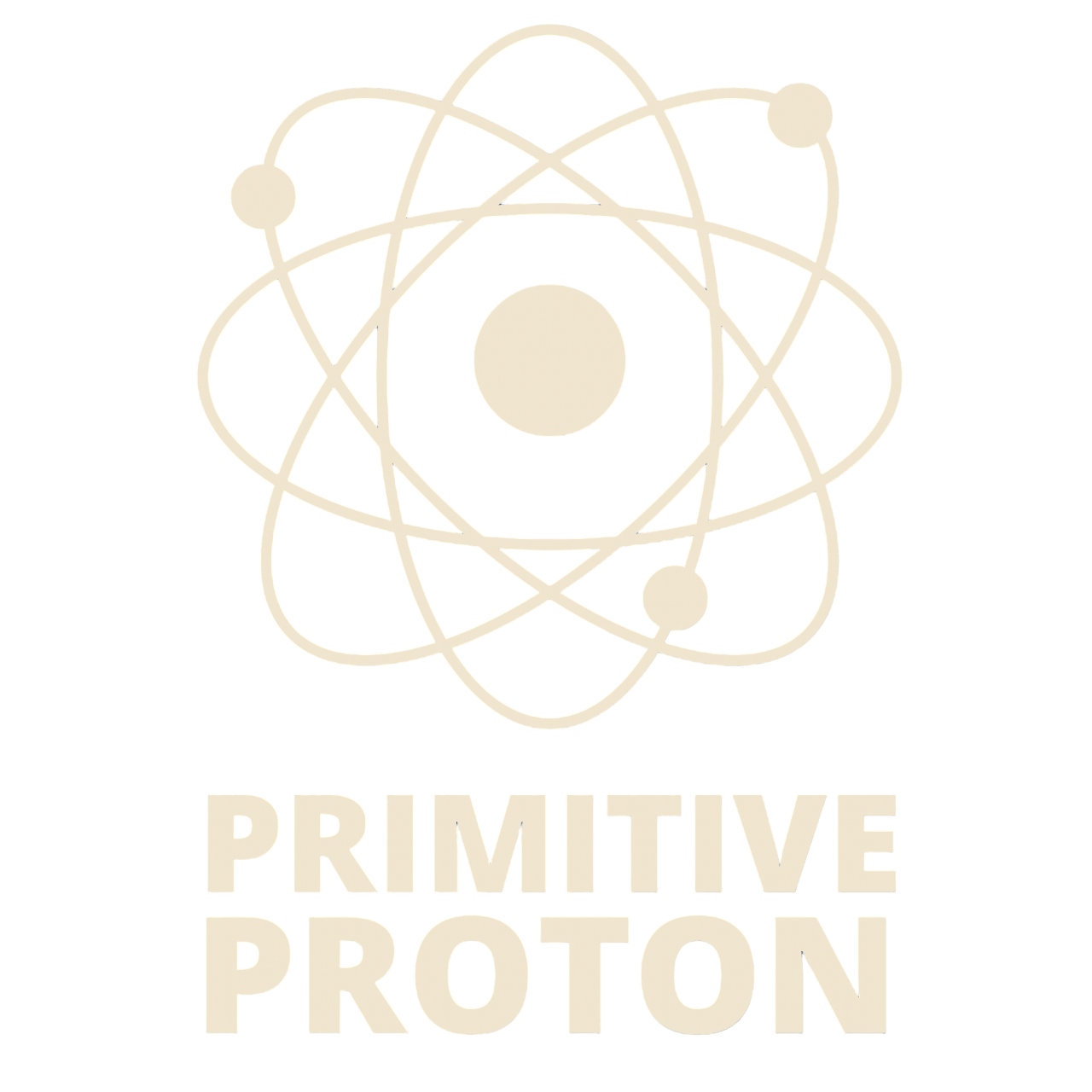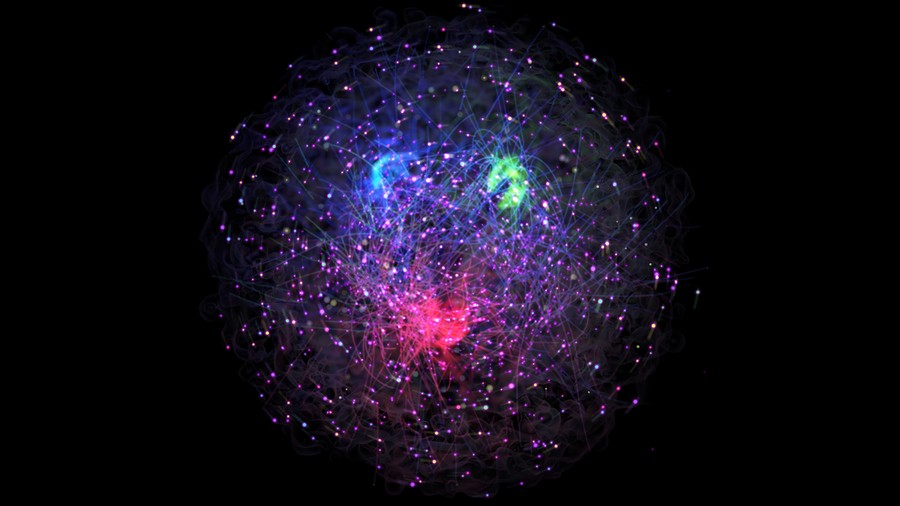A puzzle that has been bothering researchers about the presence of heavy quarks inside a proton seems to have got a convincing closure, at least for now. Scientists with the non-profit NNPDF collaboration have provided a shred of conclusive evidence that protons do contain an intrinsic charm quark, thus opening up new research in the area of the structure of protons and particle physics in particular.
You may read the research paper here.
What are Quarks?
Before the 1960s, the most fundamental constituents of an atom were – protons, neutrons, and electrons. In 1964, two physicists Murray Gell-Mann and George Zweig separately proposed the existence of a further subatomic particle called quarks. However, it was not until 1968, that a series of experiments at the Stanford Linear Accelerator Center (SLAC) in the United States demonstrated the presence of point-like components in a proton known as quarks.

There are six types of quarks – up, down, charm, strange, top, and bottom. They are grouped into three generations based on their mass. The first-generation quarks have the least mass while the third-generation quarks are the heaviest. Also, in accordance with the particle-antiparticle pair theory, each quark has a corresponding anti-quark, having the same mass but opposite charge.
| Types of Quarks | 1st Generation | 2nd Generation | 3rd Generation |
| quarks having charge +(2/3)e | up | charm | top |
| quarks having charge -(1/3)e | down | strange | bottom |
What is a proton made up of?
A proton is made up of two up quarks and a down quark. Based on the table in Fig 1, the charge of a proton (+1e) is easily derived from the two up quarks and a down quark:
(2/3)e + (2/3)e + (-(1/3))e = (3/3)e = +1e
However, the combined masses of the three quarks do not add up to the proton’s mass – they contribute to a mere 1% of the proton’s mass.
The remaining 99% of the mass comes from the energy that holds these quarks together inside the proton. The strong nuclear force is one of the fundamental forces like gravity which get transmitted by the particles called gluons. These gluons move at extremely high energies inside the proton and from the famous energy mass equivalence principle given by Einstein, this energy contributes to the mass of a proton.
So, if the proton’s mass is sorted out, why are we looking for a charm quark in a proton?
The structure of the proton is required to calculate observations at the Large Hadron Collider (LHC). It is the world’s largest energy particle collider situated in Geneva, Switzerland. LHC is the place where Higgs Boson, popularly known as “the God particle”, was discovered around 10 years ago.

Even for calculating observations related to the Higgs particle, the proton’s structure was an input into the process, which then later, after doing careful data comparison and analyses led to its discovery.
With the current knowledge of particle physics and the cutting-edge technologies employed in particle accelerators, we still have not been able to find conclusive evidence of the presence/absence of many theoretical particles.
For example, in the case of dark matter, we haven’t been able to provide a piece of direct evidence to date. There is a clear deviation from the existing theory which attributes to the absence of any dark matter particle as compared to what is observed in nature.
So, any evidence of mysteries such as dark matter is going to be indirect. Proton’s structure forms an integral part of getting an accurate description of the current theory so as to minimize or remove the gap in the aforementioned deviation.
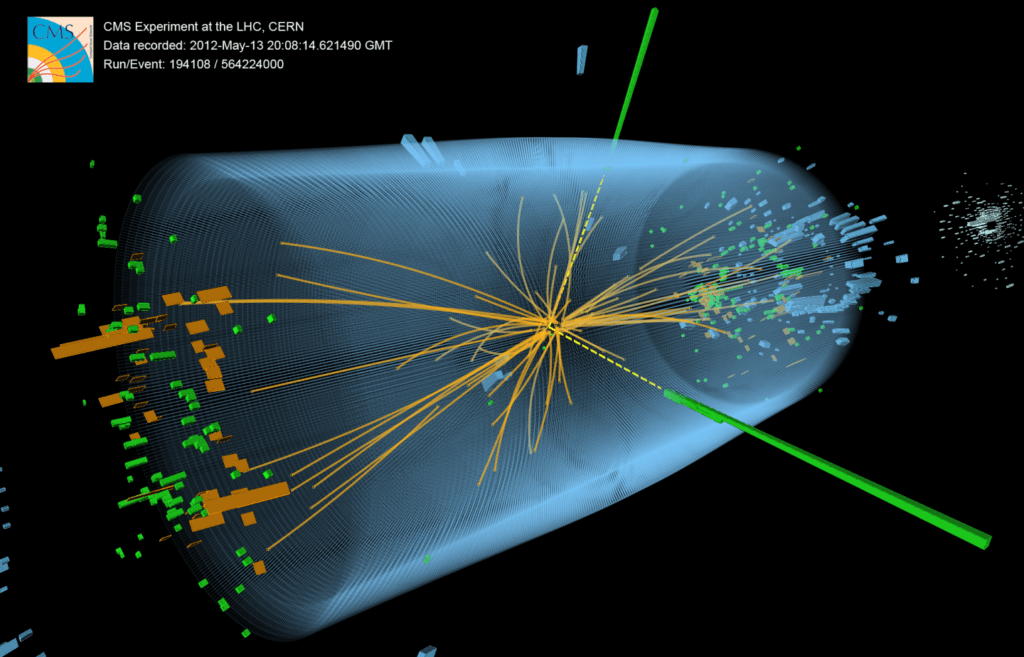
Which approach was implemented to find the evidence of charm quark?
In particle accelerators and colliders, photons, electrons, muons, neutrinos, and other protons are smashed against protons. Based on the aftereffect of the collision, scientists reconstruct the probable structure of the proton that could have generated the outcome.
This is different from the earlier approaches where according to the theory of strong interaction, based on the proton’s structure, it can be determined what happens in a proton-proton collision. But now the procedure is inverted.
At the LHC, numerous processes of proton-proton collision take place. Scientists have around 40 years of experimental observations and around 5000 data points at their disposal.
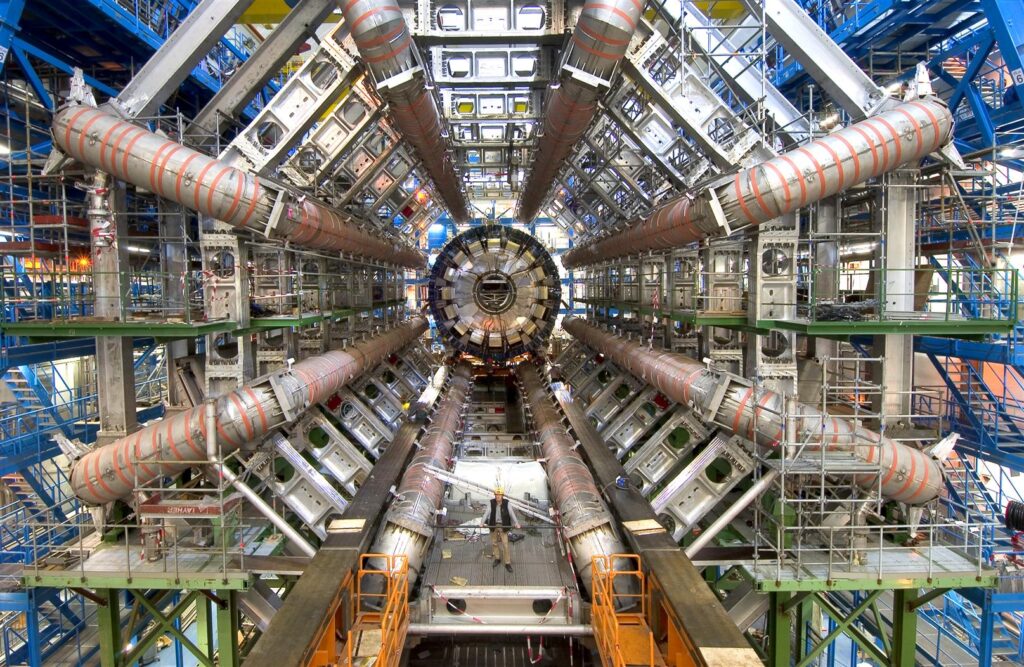
What was the process involved in arriving at the evidence?
All of the collision data was fed into a Machine Learning algorithm that was based on pattern recognition techniques and was specifically designed to infer the proton structure that produces such results.
No assumption of a single model was done before the experiment, rather the probability distribution of the best fits was employed. Each of the best fits describes different possible underlying models and the one which is the best-best fit among them was taken into consideration.
The scientists found a small but not negligible chance of finding a charm quark, carrying half of the proton’s mass. It is to be noted here that the charm quark is about 1.5 times the mass of the proton but when the proton contains the charm quark, it carries only half of the former’s mass.
| Quarks | Energy(1 electron volt (eV) = 1.6×10-19 joules ; 1 MeV = 1000000 eV; 1 GeV = 1000 MeV) |
| up | 1.7-3.3 MeV |
| down | 4.1-5.8 MeV |
| charm | 1270 MeV |
| strange | 101 MeV |
| top | 172 GeV |
| bottom | 4.19 GeV |
But how in the world that can be? It’s like that you contain something that in principle is heavier than you, but your mass is less than that something’s mass. This might be pretty confusing, but not when we understand the probabilistic realm of quantum physics.
Quantum physics is all about probabilities, rather than deterministic. The fundamental particles and their anti-particles are continuously bustling into existence before they annihilate each other.
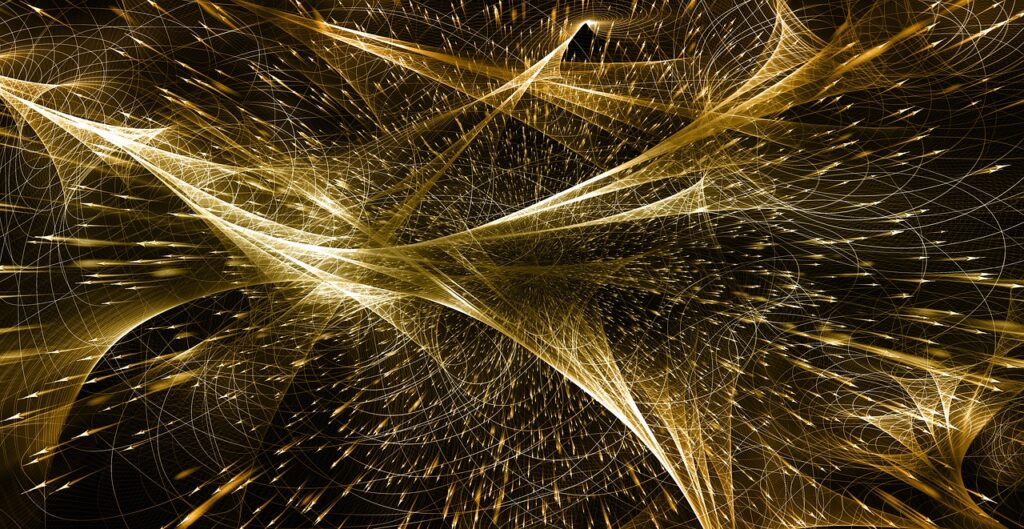
“Those who are not shocked when they first come across quantum theory cannot possibly have understood it.”
– Niels Bohr, Essays 1932-1957 on Atomic Physics and Human Knowledge
It is seemingly possible that in one of the corners of a proton, the charm and the anti-charm quarks are involved in such a process, as explained by the Parton Distribution Functions (PDFs). The name ‘Parton’ was proposed by one of the greatest theoretical physicists, Richard Feynman to include any particle constituent within the protons, neutrons, etc. These particles are now referred as quarks and gluons.
So, even though the charm quark has a relatively higher mass, the chance of its popping into existence is relatively smaller. This event of the high mass and small chance basically neutralize each other and thus the complete mass of a charm quark is not utilized by the proton even in its presence.
The conclusive evidence and why it is still not a discovery
By implementing machine learning on a huge experimental dataset, scientists have finally come up with evidence for intrinsic charm quark in protons. By extracting the intrinsic charm component from the particle-antiparticle pairs (in this case charm and anti-charm), they have been able to substantiate a charm quark’s existence at the 3 standard deviation level.

It is undoubtedly an achievement of persistence and intellect, however, in the field of science, a 3-sigma (which corresponds to 1 occurrence in 1000 of not being true) is still less an accomplishment than a 5-sigma (which relates to 1 occurrence in 3 million of not being true). A 5-sigma or any piece of evidence at the 5 standard deviation level is considered to be a discovery.
But again, as science is an ever-evolving field, and as machine learning algorithms further improve, this evidence is still vital to the understanding of the proton’s structure. Who knows that the “charm”ing protons might lead to many more discoveries regarding the fundamental blocks of the universe that includes us too – we are also made of protons, aren’t we?

